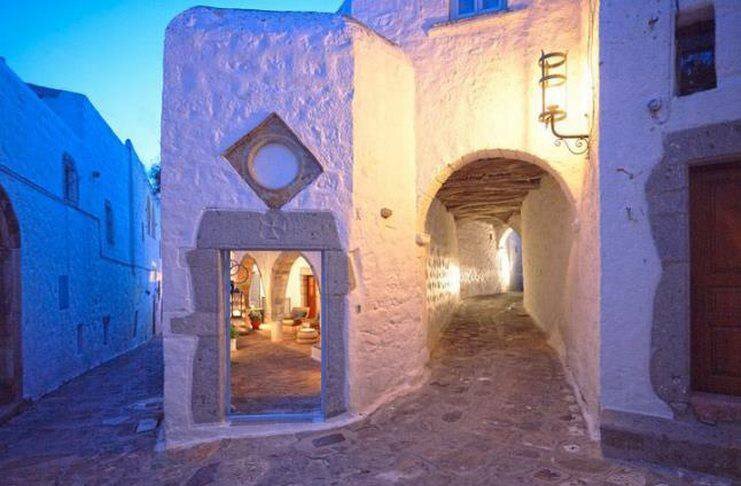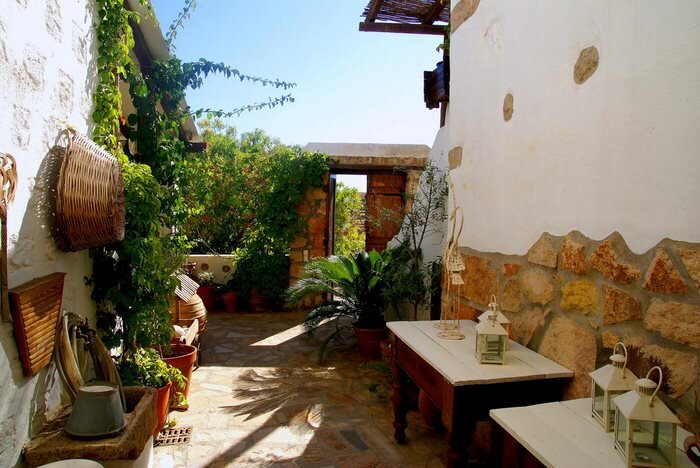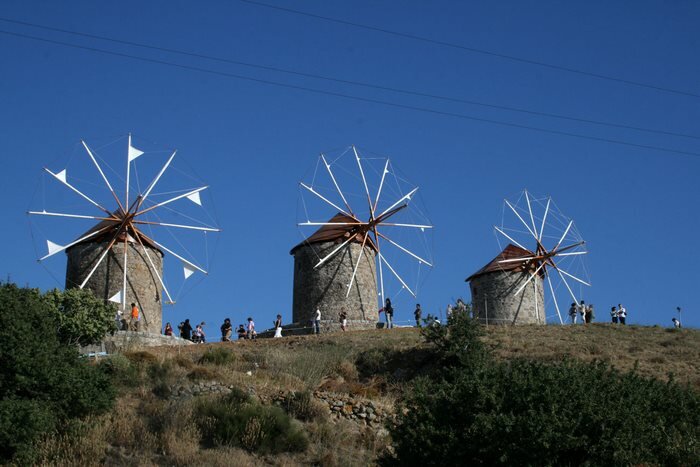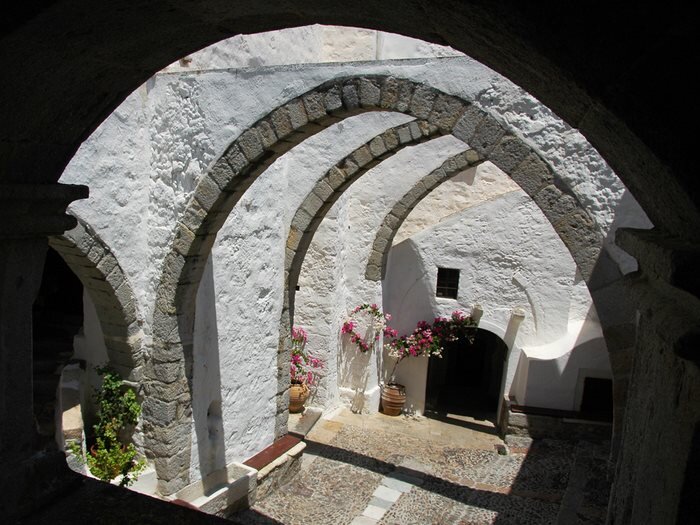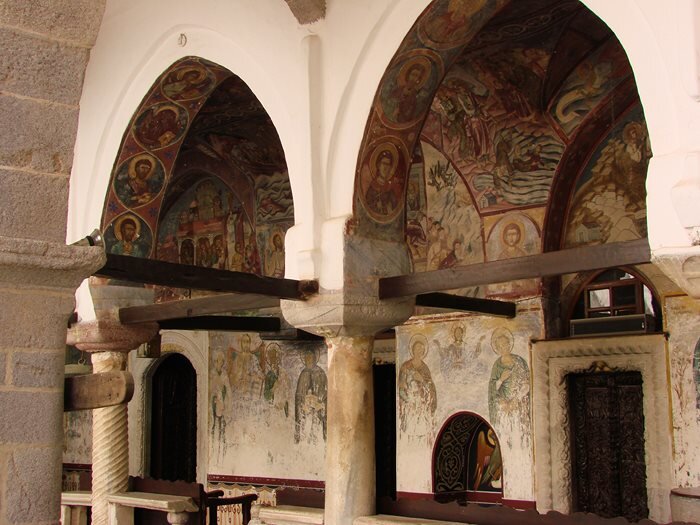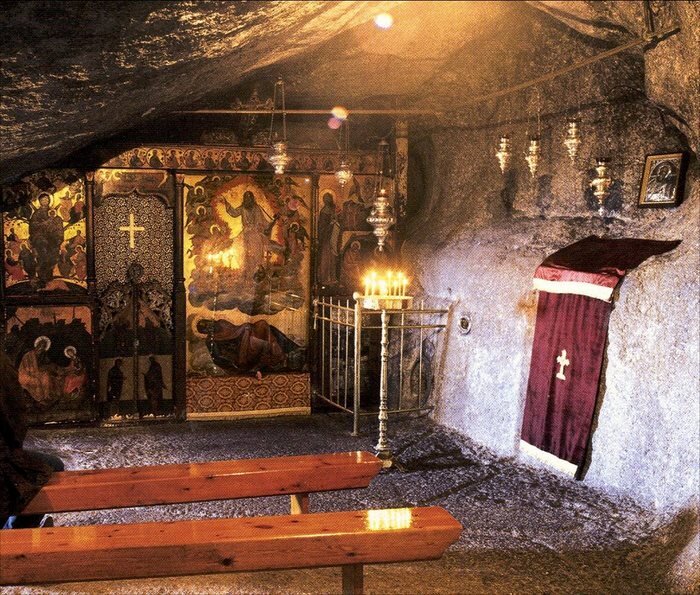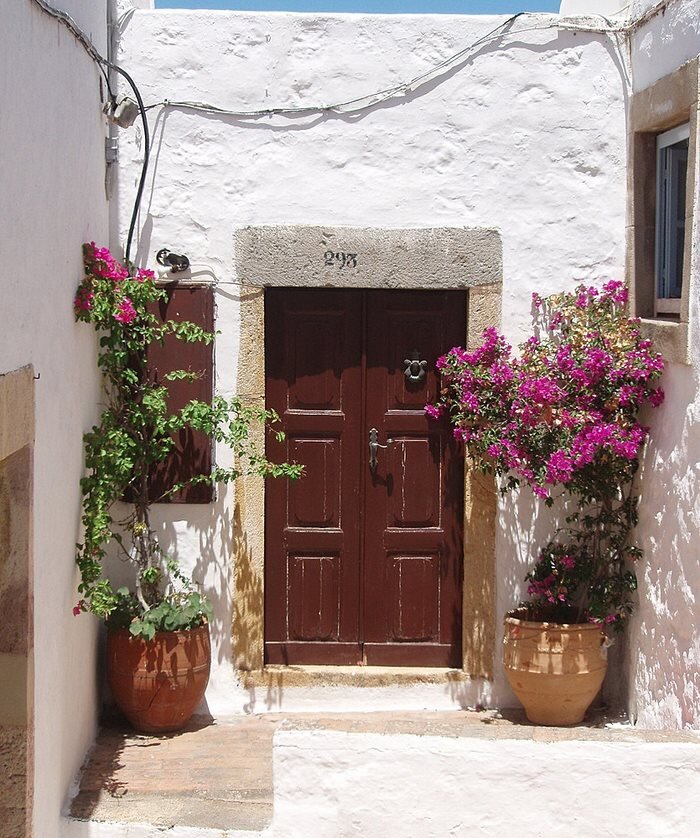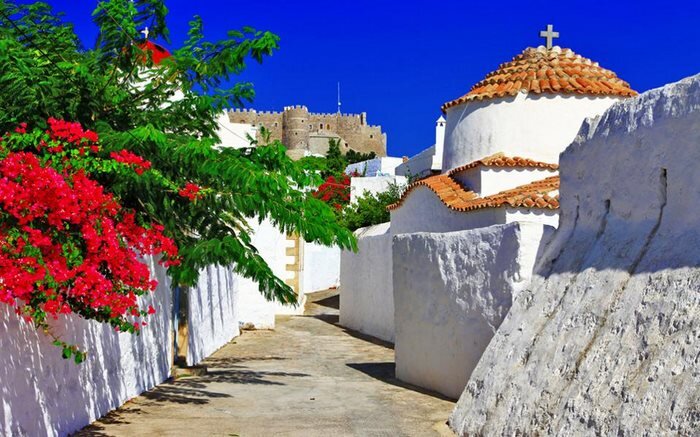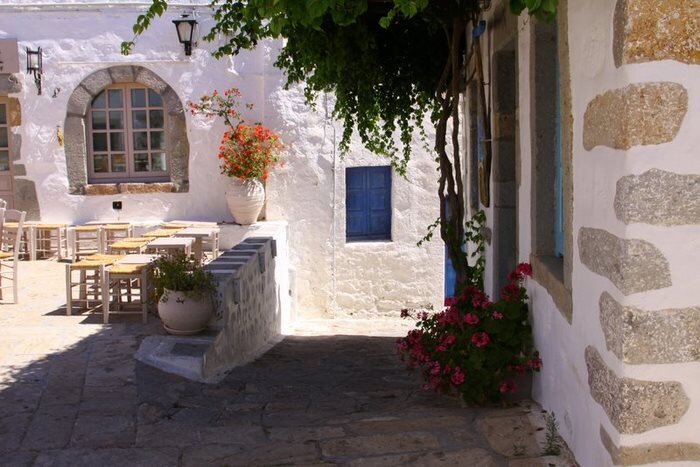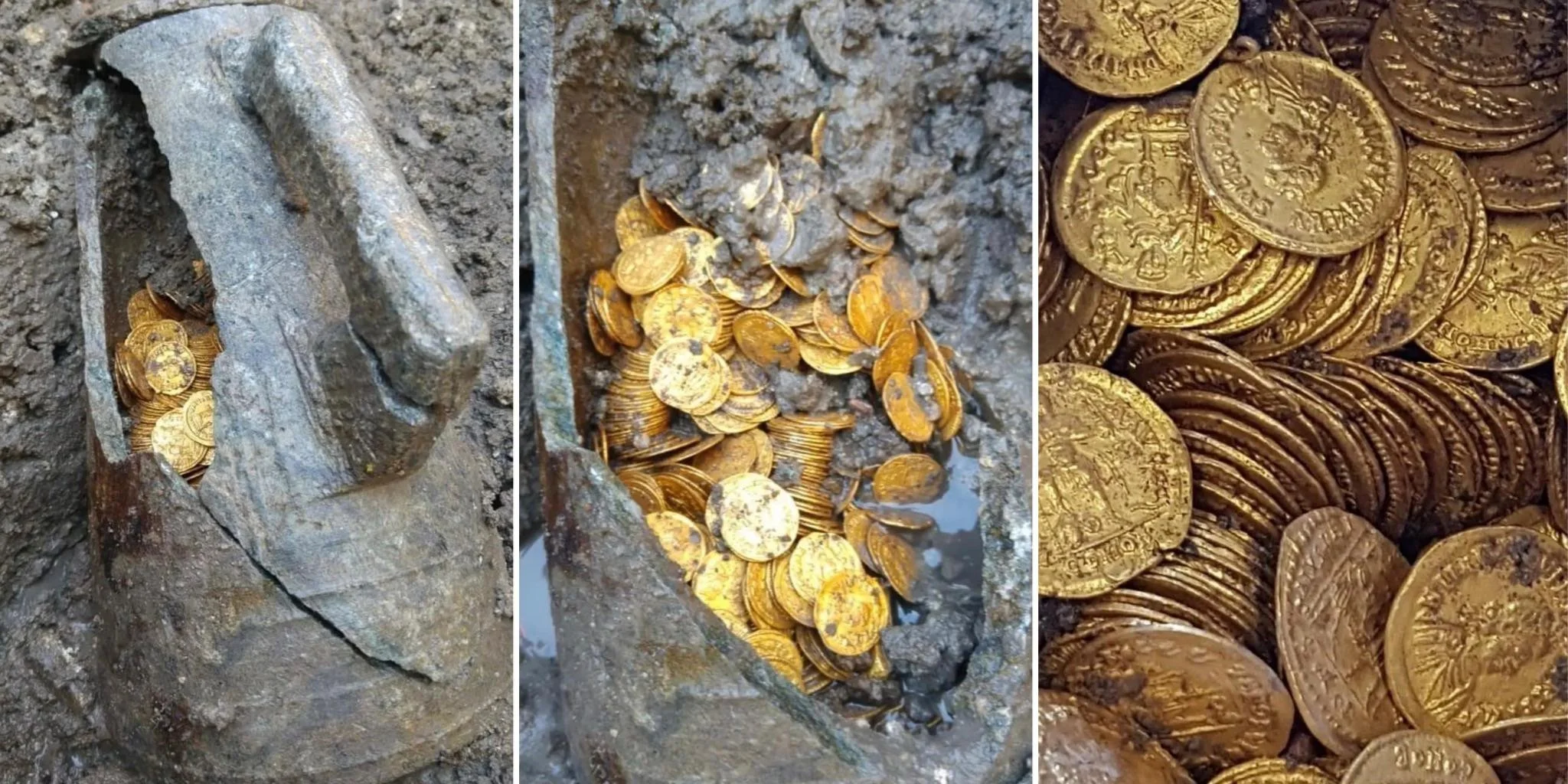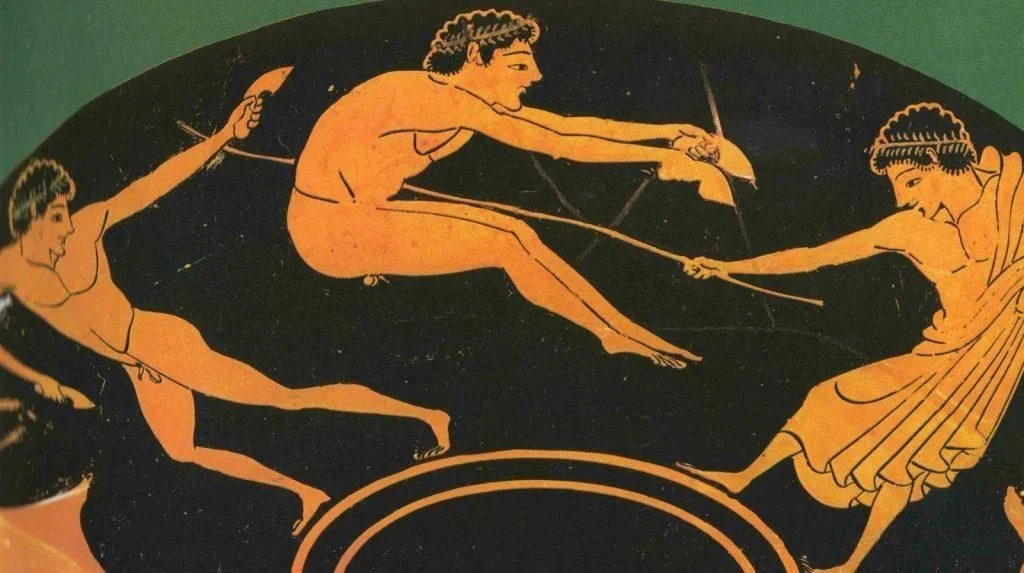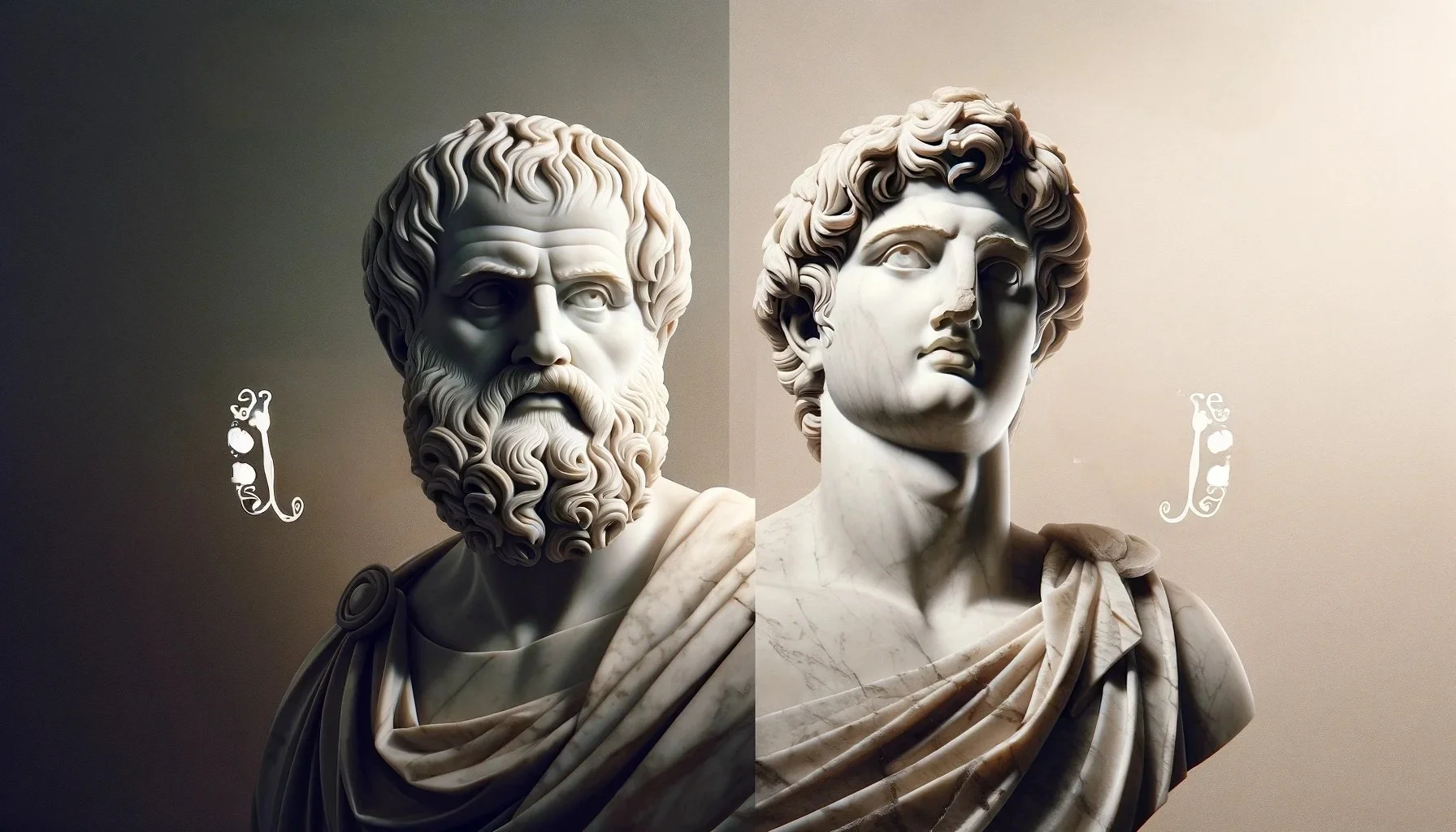When you visit Patmos for the first time, you will feel that this island occupies you with its peaceful, mysterious atmosphere and the special light it radiates.
Life on Patmos is a blessing. Its slow rhythms seduce you, while the wind of each season inspires you in a different way. The sea gives you life and the sun shines with even more rays that make you feel alive.
Words cannot describe the energy and magnetism of the atmosphere, it is a geophysical phenomenon that not everyone can feel or see.
Patmos is not a big island, but it is one of the most famous in Greece. Here, in the famous cave located between the island's capital (Chora) and the port Skala, according to tradition, the evangelist John wrote the last book of the New Testament.
Small plains and valleys alternate with impressive cliffs that rise like castles on the hilltops and slopes. The beauty of the castle monastery of Agios Ioannis the Theologian that dominates the entire island. Built of local gray stone, the castle contrasts with the whitewashed mansions.
Patmos is one of the UNESCO World Heritage Sites. The monastery Agios Ioannis the Theologian with its priceless treasures, as well as the preservation of the traditional settlement of Chora from the Middle Ages and the Cave of the Apocalypse were among the main reasons that Patmos received this important international award.
According to mythology, Patmos was a gift from Zeus to his daughter Artemis, the goddess of hunting and young women. Artemis was worshipped here in ancient times and the monastery of Agios Ioannis was built on the part of the ancient temple.
The Romans used Patmos as a place of exile, and so St. John ended up here when he was expelled from Miletus in 95 AD by the Roman governor for preaching the Christian faith. During the Byzantine period the island was almost abandoned and in 1088 it was given by the Byzantine emperor, Alexios Komnenos, to the monk Christodoulos, who began the design of the monastery. In the 11th century, work began on the monastery and its power extended beyond the borders of the island, to such an extent that Patmos was never conquered by the Turks and the Venetians.
The castle-monastery rises on the top of the hill, crowning the white land with its solid gray-black walls. Visible from afar, it attracts the eye as it temporarily changes colors and shades depending on the sunlight.
On the site where the monastery now stands, in ancient times there was a gleaming church dedicated to Scythia Artemis. The founder of the monastery was the monk Christodoulos, who came to Patmos in the 11th century, holding in his hands the gold ingot of Emperor Alexios I for the grant of the island to him. The benefits remained - exemption from taxes, exemption of the inhabitants from military service, etc. But as the place was dry and barren, and the best lands were dedicated to monasticism, the inhabitants soon turned to the sea.
Gradually a whole state began to form around the state monastery. The monastery, was dedicated to Saint John the Theologian. You will tour its sites - along with dozens of other visitors - and eventually end up at the church museum, one of the most important of its kind in Greece with rare exhibits. The monastery's rich library is considered one of the best in the East and includes some 4000 manuscripts and publications of ecclesiastical and theological content, most written in Greek, dating from the 6th to the 19th centuries.



